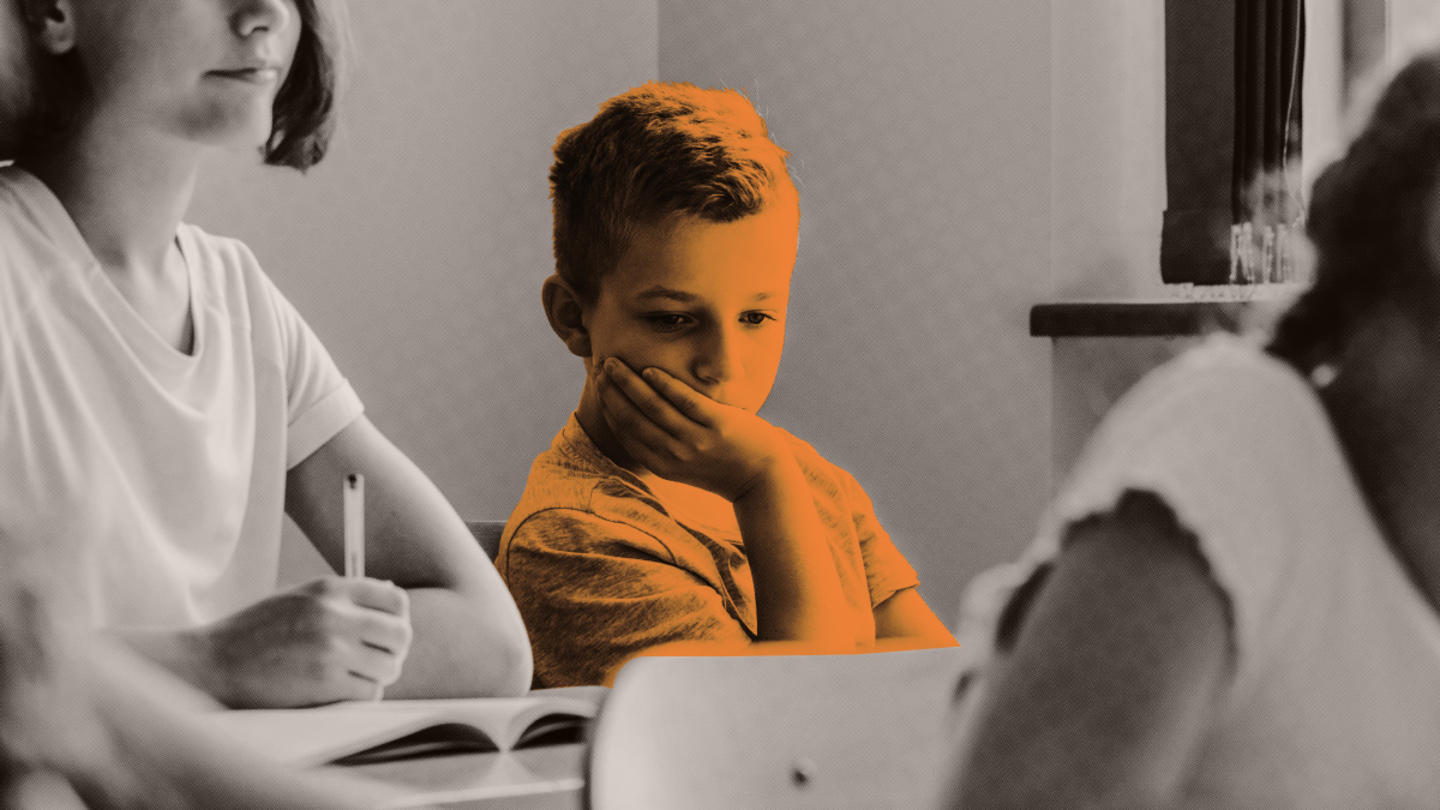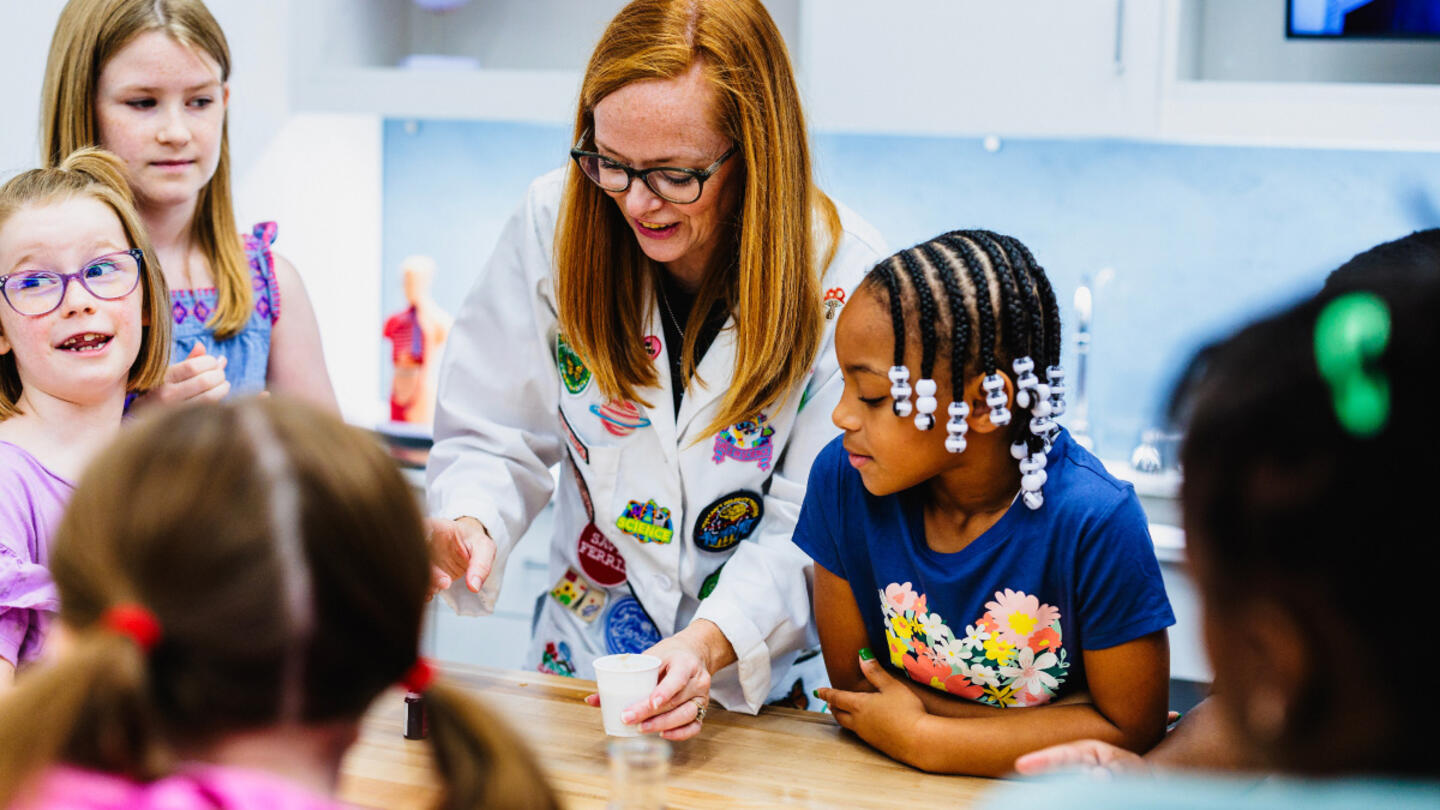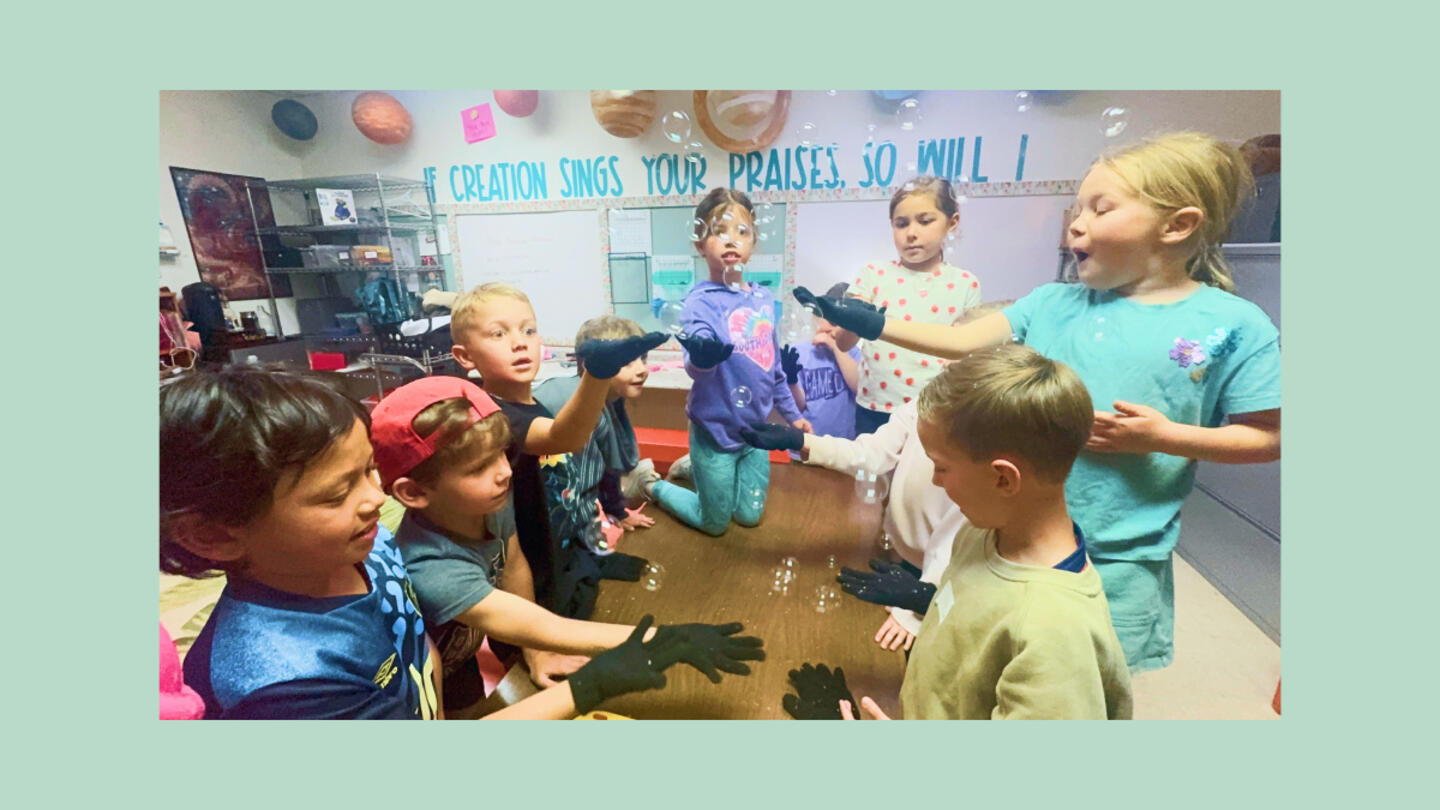Lenore Skenazy, co-founder of a nonprofit focused on childhood independence, believes there is an answer to the alarming rise in childhood mental health problems: Parents must let go to let them grow.
Skenazy has reason to be concerned.
Because of the rising numbers of mental health issues in children, last October the U.S. Preventive Service Task Force amended their screening recommendations for children ages 8 and older to include a screening for anxiety. According to the CDC, 9.4% of children and adolescents had an anxiety disorder in 2019. That's approximately 5.8 million young people.
Skenazy and Peter Gray, co-founders of Let Grow, have a more immediate solution to this concern than just additional screenings: play.
Gray, a psychology professor at Boston College, recently co-wrote an article in the Journal of Pediatrics theorizing that a loss of childhood independence is to blame for increasing mental disorders. Play and independence, they say, could be the antidote.
"Children who have more opportunities than others for independent activities are not only happier in the short run, because the activities engender happiness and a sense of trustworthiness and competence, but also happier in the long run," says Gray.
Let Grow is encouraging parents and schools to provide those opportunities for independence. Skenazy travels the country speaking at schools, encouraging teachers to assign independence projects as homework. Let Grow also works with policymakers to pass laws protecting parents from legal action for letting their children do normal, independent activities, like play at a park on their own. So far, about 5,000 schools nationwide have participated.
"The real problem is that we just don't let our kids do anything on their own," Skenazy says. "We treat them all as if they're so fragile that if anything goes wrong, it will be permanent and horrible."
When children are allowed some independence, she says, "balance is restored between fear and joy, and reality and terror. Their competence gives them confidence."
Childhood independence has been declining since the 1950s
Gray and his co-authors find that childhood independence has been declining since the 1950s, but more rapidly since the 1970s. Not only are parents less likely to allow their children to play unsupervised outside — because of fears of crime or traffic — but time in school and doing homework has also significantly increased.
According to a C.S. Mott Children's Hospital national poll, there is a gap between what parents say they believe and what they actually do. For example, 85% of parents of children ages 9 to 11 say their children benefit from unsupervised free time, but when asked about specific activities, fewer parents report their children do them independently:
- Staying home for 30-60 minutes (58%)
- Finding an item at the store while the parent is in another aisle (50%)
- Staying in the car while the parent runs a quick errand (44%)
- Walking/biking to a friend's house (33%)
- Playing at the park with a friend (29%)
- Trick-or-treating with friends (15%)
These numbers suggest that parents may be unintentionally limiting their children's independence.
Skenazy says hypervigilance is the norm today and that parents believe their children are fragile. Fear and anxiety are keeping them from letting their children out of sight, but it hasn't always been this way. In 1969, nearly 48% of children walked or biked to school on their own. In 2009, it wasn't quite 13%. Skenazy points to a 1979 parenting book in which the author tells parents their 6-year-old should be able to ride their bike alone around the neighborhood or to the store.
It's a relatively new belief, says Skenazy, "that our kids are endangered doing anything on their own, but in fact, there's actually danger in not letting them do anything on their own."
Sign up for Stand Together's K-12 newsletter and get stories, ideas, and advice from changemakers who are transforming education across the country.
Let Grow says it's normal and legal to give kids independence
The basic concept of Let Grow is simple: Parents need to let go so their children can grow.
Skenazy learned just how difficult this can be in 2008 when she was dubbed the "worst mom in America" for letting her 9-year-old son ride the New York City subway alone. Her newspaper column about it caused a media frenzy. Many people said she should be investigated for child abuse.
"Our culture is telling parents, 'You can't trust your kids, they're going to be in danger, they are going to fall behind,'" says Skenazy. "We're treating children as fragile, and ironically, doing that is making them fragile."
Let Grow empowers children and teaches parents that letting go is a good thing.
The program equips parents and teachers with activities and discussion points aimed at cultivating independence and self-reliance in children. Teachers are encouraged to give their students a homework assignment: go home and do something new, on your own.
This assignment is called a Let Grow Project. Students choose the new activity themselves. It might include mowing the lawn, starting a club, cooking a new recipe, or babysitting a family member. Parents are more likely to support the idea when they find out it's a homework assignment.
"It's so outrageously simple," says Skenazy, "but it is hard to be the only parent doing this stuff, which is why we work through the schools. We really feel like it's collective action that's going to change a collective problem."
However, just as Skenazy learned, the culture of fear is so entrenched in our society that it's not enough to just convince parents and teachers. Let Grow also advocates with state policymakers for legal clarification that it is not against the law for parents to leave their kids alone.
Independence therapy helps anxious kids
Camilo Ortiz, a clinical psychologist and research professor at Long Island University, was so intrigued by the Let Grow Project, he designed a pilot project around it.
Ortiz and his research team developed a five-session treatment plan focused primarily on educating parents and their anxious kids about independence. His test subjects were children in his clinical practice that he was already treating for anxiety and their parents.
Conventional anxiety treatments often involve exposure therapy in which the therapist helps the patient face their fears head-on. For this trial, Ortiz substituted exposure activities with "independence activities" (IAs) like riding a bus on their own or sleeping in their own bed at night. The results were good.
IA's work, says Ortiz, "because they exercise many of the psychological muscles needed to better tackle anxiety. IAs increase resilience, tolerance of discomfort and uncertainty, social skills, and smart risk-taking."
Skenazy has seen the same. One of her students decided to make his own sandwiches as his independence project. "Now I don't need help if I get hungry," he told her. Another student wanted to ride the elevator in his apartment building by himself. He told Skenazy, "I learned that even if I'm by myself, it will be OK."
"It's exactly the kind of breakthrough psychologists and psychiatrists are always looking for," Skenazy says. "Just as anxiety becomes generalized and everything becomes too dangerous and too scary and too much for you to think about doing on your own, competence and confidence also generalize. Children's competence gives them confidence, and then the parents get it too, and they're spiraling up instead of spiraling down."
Let Grow is supported by Stand Together Trust, which provides funding and strategic capabilities to innovators, scholars, and social entrepreneurs to develop new and better ways to tackle America's biggest problems.
Learn more about Stand Together's education efforts, and explore ways you can partner with us.



